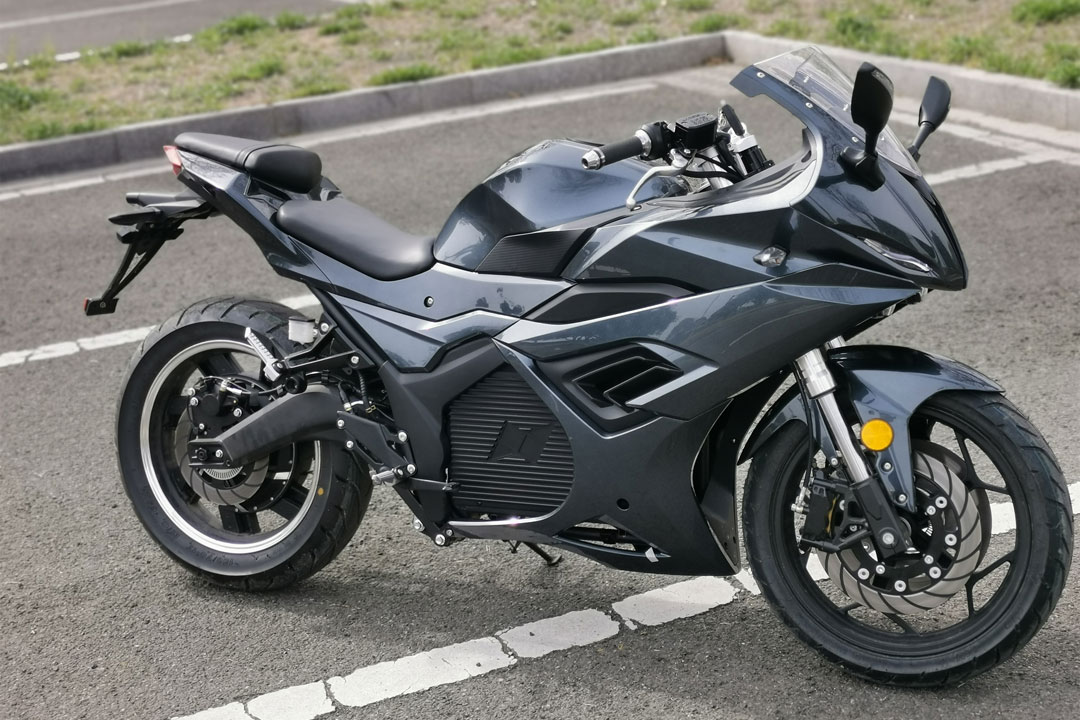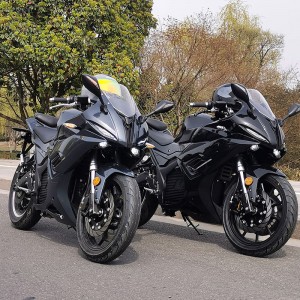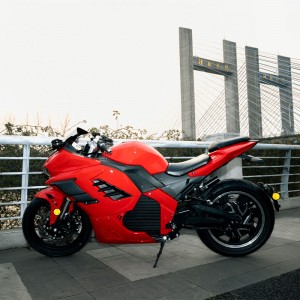Electric motorcycles, as a vital component of future sustainable transportation, have garnered significant attention for their electric drive system's performance. This news article delves into the factors that influence electric motorcycle electric drive systems and how weight plays a crucial role among them.
Motor Types: Electric motorcycles come in various electric motor types, including alternating current (AC) motors and direct current (DC) motors. Different motor types exhibit distinct performance characteristics, such as efficiency, torque curves, and power output. This means that manufacturers can select electric motors that suit their designs to achieve the desired performance and efficiency.
Battery Capacity and Type: Electric motorcycle battery capacity and type significantly impact their range and performance. High-capacity lithium-ion batteries often provide longer range, while different battery types may possess varying energy densities and charging characteristics. This necessitates careful selection of battery configurations by electric motorcycle manufacturers to meet consumer demands.
Control Systems: The control system of electric motorcycles manages the distribution of electrical energy and power output of the electric motor. Advanced control systems can offer improved performance and efficiency and often come with various driving modes and battery management strategies to cater to different conditions.
Number and Layout of Electric Motors: Some electric motorcycles are equipped with multiple electric motors, typically distributed on the front wheel, rear wheel, or both. The number and layout of electric motors play a significant role in a motorcycle's traction, suspension characteristics, and stability. This requires manufacturers to strike a balance between performance and handling.
Vehicle Weight: The weight of an electric motorcycle does influence its electric drive system's performance and efficiency to some extent. Heavier motorcycles may require larger electric motors to provide sufficient acceleration, but this may lead to higher energy consumption. Therefore, weight is a crucial factor that needs comprehensive consideration.
In summary, the performance of an electric motorcycle's electric drive system is influenced by several factors, including electric motor type, battery performance, control systems, the number and layout of electric motors, and vehicle weight. Engineers designing electric motorcycles need to find a balance among these factors to meet multiple requirements such as performance, range, and reliability. Weight is one of these factors, impacting the design and efficiency of the electric drive system, but it is not the sole determining factor. The electric motorcycle industry is continually evolving to drive more efficient and powerful electric drive systems to meet the demands of future mobility.
- Previous: Tire Pressure for Low-Speed Electric Vehicle : Boosting Range
- Next: Chinese Manufacturer Reveals Waterproof Technology for Electric Mopeds
Post time: Sep-18-2023






